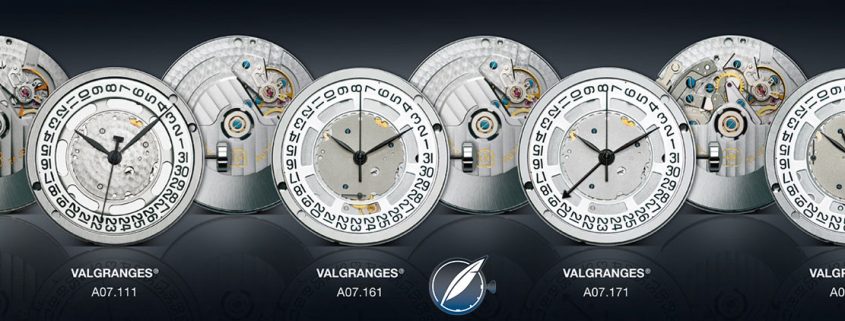Hairsprings: Origins, Progress, And (Dare I Say) Exciting Future – Reprise
The tiny, delicate, nearly impossible-to-create hairspring is the one of the biggest advances for modern scientific technology there is. Here Joshua Munchow takes a dive into the muscle of the beating heart of most mechanical watches: the hairspring.










